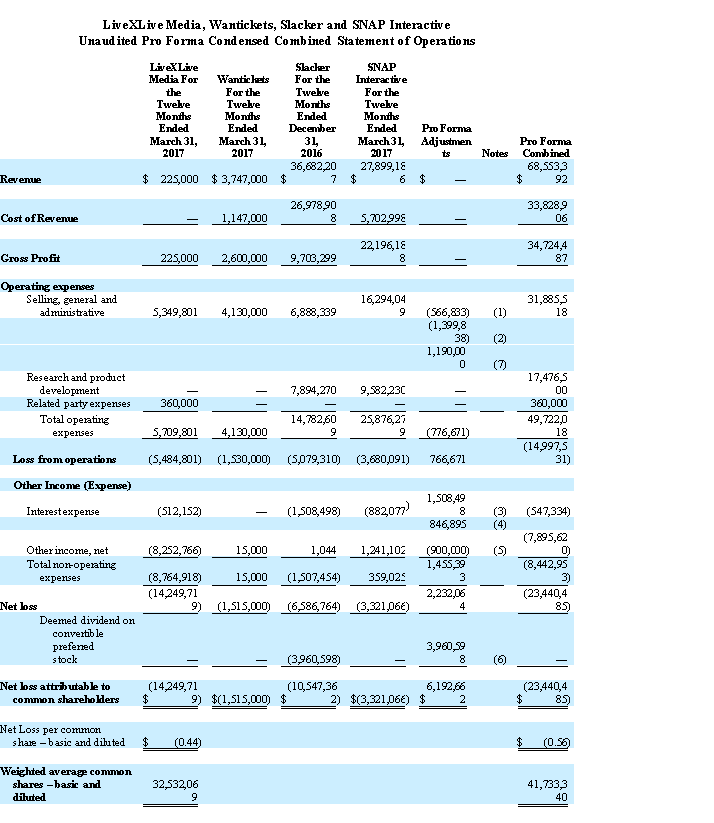
If you purchase music from services like Tidal or Walmart, you can download the songs directly to any device for playback using any compatible app.

You must have a subscription to hear these songs in offline mode. That means when you download songs, they’re placed onto your device’s storage as cache and cannot be exported for listening in other apps.

Many music streaming services support offline listening, like Amazon Music Unlimited and Spotify. The app on your device decodes the file, temporarily stores the unpacked bits of music in memory as they’re received, and then deletes these bits when they’re converted into the analog audio waves that you hear. How it’s encoded depends on if you are streaming or downloading.įor streaming, the song is encoded in a way so that it’s transmitted across the internet without using large amounts of bandwidth. Songs are compressed using an audio codec-like MP3 and AAC-to conserve space on your device and make them easy to transfer across the internet. The short answer is that downloaded songs are saved locally on your device while streamed songs are not.Ī longer explanation is that digital audio in its raw form is huge. This compression method leads to larger bitrates than standard streams.Īpple provides its own lossless codec-Apple Lossless Audio Codec(ALAC)-while other services use Free Lossless Audio Codec (FLAC). It keeps the “unnecessary” data typically discarded by lossy compression to keep the audio quality intact. It rewrites the digital audio file so that it’s more efficient structurally and smaller in size. Plus, the compressed song cannot be restored to its original form. The algorithm discards data it deems as unnecessary, lowering the overall quality. The problem with this method is that you can lose some data, lowering the song’s overall quality.įor instance, an MP3 file compressed for a 128 Kbps bitrate isn’t exactly CD quality. Traditional “lossy” compression focuses on file size and how that size is transmitted over the internet. This form of audio compression preserves the quality of the original raw digital recording. Lossless means there is no loss of audio quality.


 0 kommentar(er)
0 kommentar(er)
